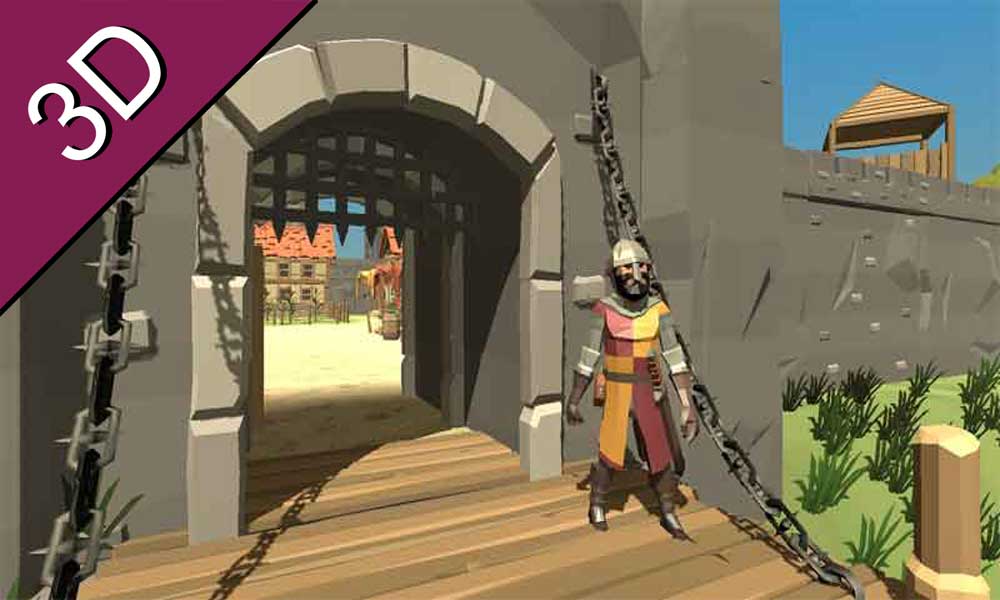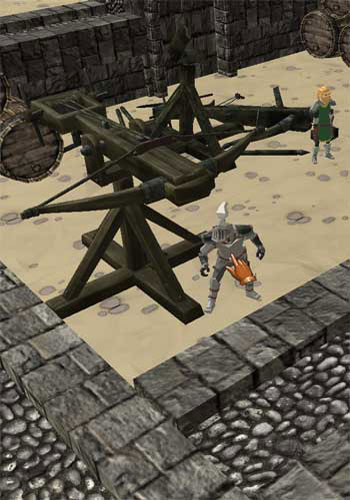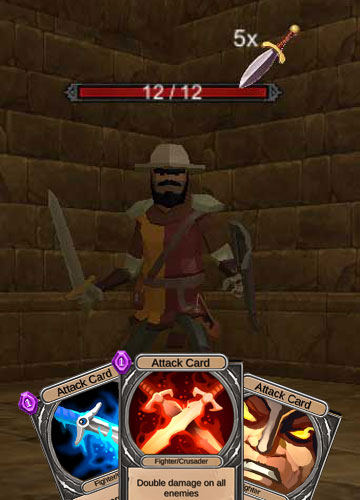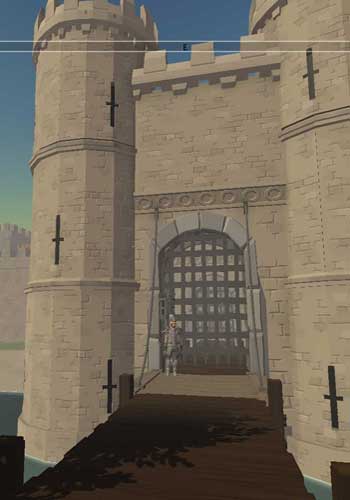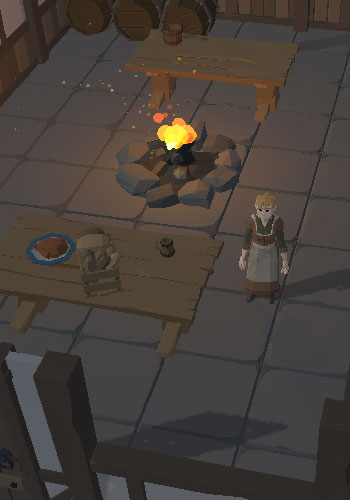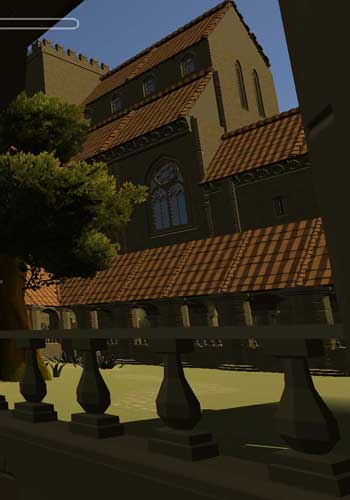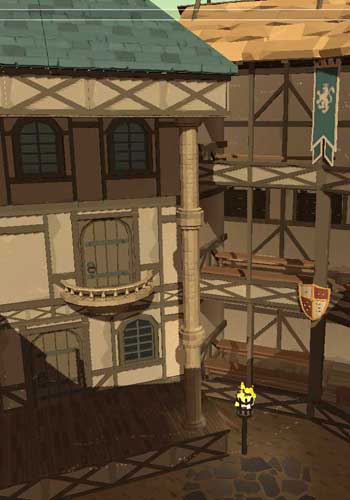
 hortly after becoming King of England in 1066 William the Conqueror constructed an earth
and timber castle in the corner of the old Roman city walls of London. Around this was dug a ditch and a bank was formed with a wooden palisade on top. From this point William could command London and monitor
all ship movements up and down the river Thames. About ten years after the Conquest William decided to strengthen the castle. Gundulf the Bishop of Rochester, whose building techniques were admired by William,
was brought to London to design and build the new keep at the Tower of London. The foundations were laid in 1078 and the structure was completed in the reign of William Rufus in 1097. This is now known as
the White Tower after Henry III whitewashed the exterior. The tower has walls fifteen feet thick at the base, a chapel dedicated to St John the Evangelist taking up two of the upper floors, a 40 foot
deep well and more than one crypt.
hortly after becoming King of England in 1066 William the Conqueror constructed an earth
and timber castle in the corner of the old Roman city walls of London. Around this was dug a ditch and a bank was formed with a wooden palisade on top. From this point William could command London and monitor
all ship movements up and down the river Thames. About ten years after the Conquest William decided to strengthen the castle. Gundulf the Bishop of Rochester, whose building techniques were admired by William,
was brought to London to design and build the new keep at the Tower of London. The foundations were laid in 1078 and the structure was completed in the reign of William Rufus in 1097. This is now known as
the White Tower after Henry III whitewashed the exterior. The tower has walls fifteen feet thick at the base, a chapel dedicated to St John the Evangelist taking up two of the upper floors, a 40 foot
deep well and more than one crypt.
Desktop/Laptop version
Images from this reconstruction








Images from this reconstruction








More reconstructions
Etal, the Border Castle

How about exploring a Northumberland castle built near the Scottish border. An excellent example of a tower house with improved fortifications.
A Motte and Bailey Castle

You may also be interested in exploring a motte and bailey castle. Hundreds of these early medieval castles were build all across Europe.
A Norman Square Keep

You may also be interested in exploring a Norman square keep similar to the one built in the reign of King Henry II at Dover Castle.
White Tower at the Tower of London

How about exploring all four floors of the White Tower at the Tower of London, the castle built by William the Conqueror after the Norman Invasion.
Explore the Medieval Village

Explore a medieval village, complete with manor house, church, market place and houses.
Virtual Locations Map
Click icons to expore reconstructions

More castle pages
Pages in this section
Types of castles
Pages in this section
- Introduction and simple keep example
- Tower of London plans and 3d model
- Middleham Castle floor plans
- Hedingham Castle floor plans
- Dover Castle floor plans
- Timeline of Square Keep construction
- Explore 3d reconstructions
Castles
- Castle Index Page
- Why build and live in castles
- Castle development timeline
- Early Fortifications
- Keep and bailey castles
- Castles of William the Conqueror
- Motte and bailey castles
- Square keeps
- Shell-Keeps
- Polygonal Keeps
- Concentric Castles
- Castles of Edward I
- Medieval Castle Builders
- Medieval Siege Tactics
- The Trebuchet
- Siege Towers
- Parts of a castle
- Location of 300+ UK castles
- Location by UK county




